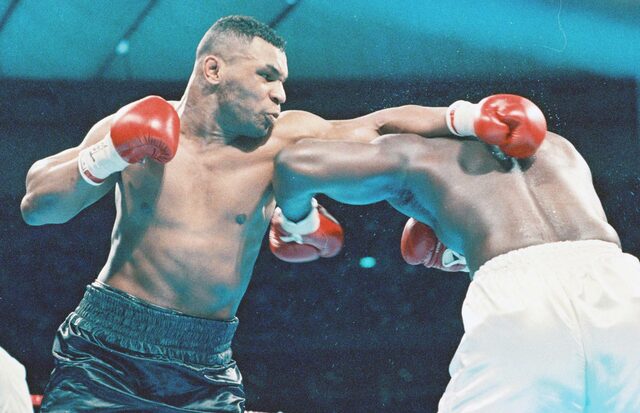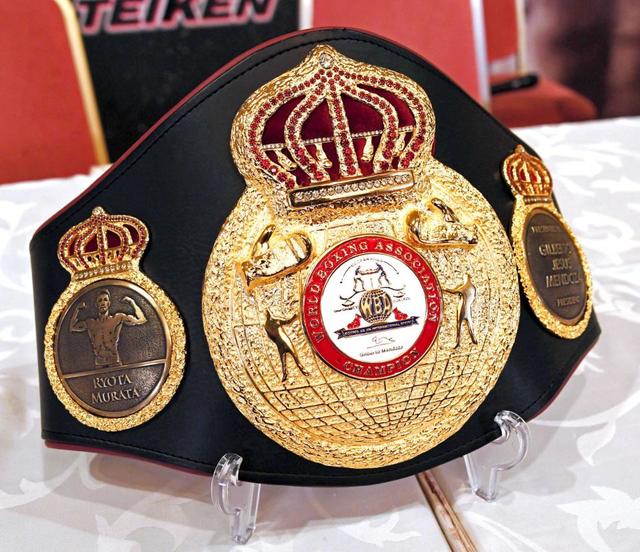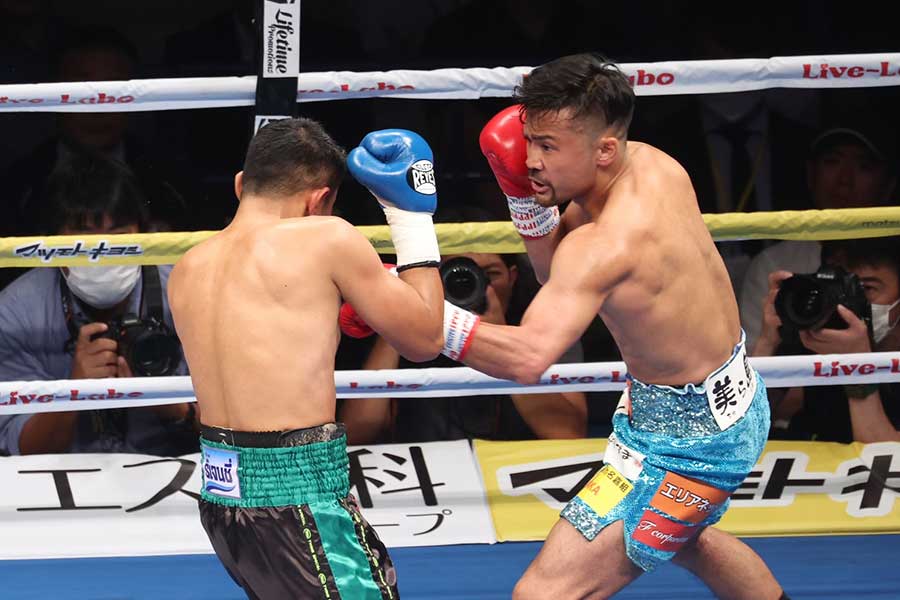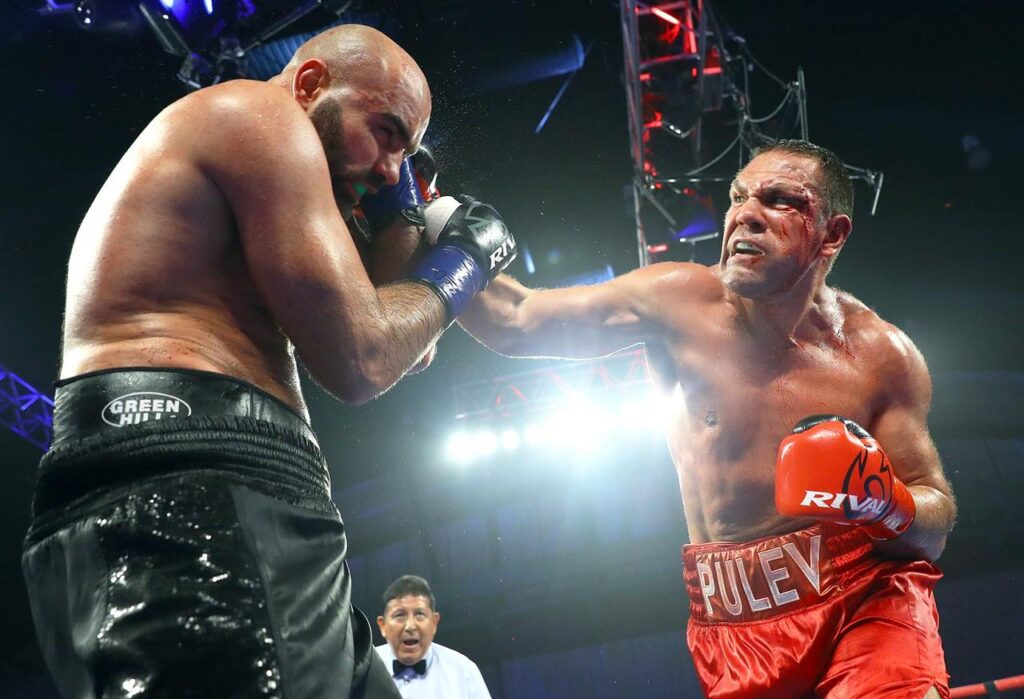
The match time is something that every boxing fan is interested in. From professional to amateur, from domestic competitions to world championships, the strategy of boxing matches changes greatly depending on the time of the match.
But what are the rules behind match times and how are their lengths determined?
Also, how do the players prepare to perform at their best in this limited time?
In this article, we will focus on boxing match times and thoroughly explain everything about them.
We uncover every aspect of boxing match time, from basic rules to training methods and even historical background.
Knowledge of match times is essential not only for fans but also for those who want to start boxing.
So let’s explore together the charm and knowledge hidden in boxing match time.
目次
- 1 Basic rules for boxing match times – details on number of rounds and duration
- 2 How match time affects boxing strategy – A professional perspective
- 3 How to prepare for game time with training – Tips for efficient preparation
- 4 Changes in boxing match times throughout history – Differences between then and now
- 5 A must-see for fans! Interesting facts about boxing match times
Basic rules for boxing match times – details on number of rounds and duration
Boxing match times have their rules and structure. This depends on whether the fight is professional or amateur, and what weight class you fall into.
Below, we will detail the basic rules regarding boxing match duration, the number of rounds, and the duration of each.
professional boxing
- Number of Rounds and Duration : Professional boxing matches typically have 4, 6, 8, 10, and up to 12 rounds. For important matches, such as world title fights, 12 rounds is often the norm. Each round is 3 minutes long with a 1 minute break between rounds.
amateur boxing
- Number of Rounds and Duration : In amateur boxing (including Olympic and international competitions), a match consists of three rounds, each round lasting three minutes. There is no difference in time between men and women, although in the past women’s matches have sometimes been played in two-minute rounds. There is a 1 minute break between rounds.
rest between rounds
- Rest time : Rest between rounds is an important time for athletes to recover for the next round. During this minute, the cornerman will provide advice to the player and treat any wounds if necessary.
special rules
- Title vs. Non-Title Fights : Title fights generally have more rounds, with 12 being the standard, while non-title fights may have fewer rounds.
- Differences by weight class : Particularly in amateur boxing, the number of rounds and duration of matches can vary depending on age and weight class.
Boxing match time rules are set to keep the sport competitive while keeping the safety of the athletes in mind.
Athletes train and strategize to maximize their performance within this time.
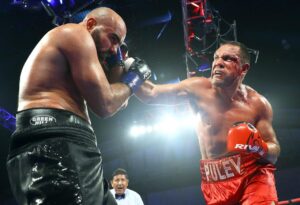
How match time affects boxing strategy – A professional perspective
The length of a boxing match has a huge impact on a fighter’s strategy. Particularly in professional boxing, the number of rounds and the length of each round are important factors in tactical planning.
Here, we will explain how match time affects boxing strategy from a professional perspective.
fatigue management
Professional boxers have the physical and mental fortitude to fight through long rounds. Fatigue management is important when matches are long. Athletes develop strategies to control fatigue to avoid running out of power early and maintain sustainable performance until the final round. This not only affects building stamina during training, but also pacing during matches.
pacing
In short matches, fighters tend to be more aggressive and try to score points early or go for a KO. On the other hand, in long matches such as 12 rounds, it is common to use the first few rounds to assess the opponent’s style, gain points in the middle, and use a strategy toward the end to aim for a KO or increase the point difference. Such pacing varies greatly depending on the length of the match.
Tactical adjustments
The length of the match also affects how players adjust their tactics. When anticipating a long fight, a fighter may focus on observing his opponent’s movements and finding weaknesses in the early rounds. In short-term battles, the emphasis is on making an early offensive rather than taking such a cautious approach.
psychological warfare
Game time also affects the psychological warfare between players. In long-term battles, tactics that break the opponent’s will or movements that disrupt the opponent’s concentration may be effective. Athletes train not only their physical strength but also their mental endurance to prepare to withstand the pressure of competition.
In professional boxing, match time management and strategy planning are essential elements for a fighter’s success.
Players who are able to adapt to match length and flexibly adjust their tactics will be able to compete at a higher level.
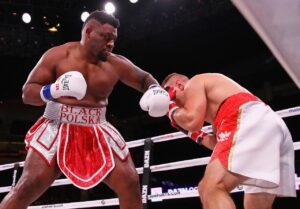
How to prepare for game time with training – Tips for efficient preparation
Training to adapt to boxing competition time requires more strategy than just building physical strength.
Match length, number of rounds, and unique tactics require preparation. Below are some training tips to help you prepare effectively for game time.
Building stamina and endurance
- Interval Training : A combination of high-intensity and low-intensity exercise that mimics the rounds and breaks of boxing. This will help you build up your resilience and get used to the pace of the match.
- Long-distance running : A good way to build your basic stamina and endurance is to run long distances several times a week.
Maintaining a powerful punch
- Circuit Training : Improve strength evenly throughout your body by performing a series of exercises that target different parts of your body. Not only the power of the punch is important, but also the solidity of the guard.
- Heavy bag training : To increase the power of your punches, training with a heavy bag is essential. Practice throwing powerful punches in succession.
Mental strength
- Visualization and mental training : Simulate match situations in your mind and practice staying focused under pressure. This training builds mental toughness, regardless of the length of the match.
- Stress Management Techniques : Use breathing techniques and meditation to manage pre-game tension and pressure during a game.
Polishing technical skills
- Sparring : Improve your strategic thinking and reaction speed through realistic sparring. Sparring with players of different styles develops your ability to respond to a variety of tactics.
- Combination Drills : Improve your attack and defense techniques at the same time and improve your ability to smoothly connect techniques during a match.
diet and recovery
- Proper nutrition : To get the most out of your training, it’s important to have a balanced intake of protein, carbohydrates, and fats.
- Adequate rest and recovery : Adequate rest prevents fatigue and injury from overtraining and promotes muscle recovery.
To effectively prepare for game time, follow these comprehensive training tips.

Changes in boxing match times throughout history – Differences between then and now
If we trace the history of boxing, we can see that the rules for match times have changed significantly.
This transition reflects the evolution of boxing as a sport, concerns for athlete safety, and audience demand for entertainment.
Below, we will explain the historical evolution of boxing match times and the main differences between then and now.
early boxing
- Unlimited Rounds : During the 18th and early 19th centuries, boxing matches had few time limits. The match continued until one fighter was incapacitated or surrendered. These were grueling matches, sometimes lasting several hours, and posed serious risks to the players’ health.
london prize ring rules
- Introduction of the round system : The London Prize Ring Rules, established in 1838, brought about a major change in the format of boxing matches. With this rule, matches are played in rounds, and a round ends only when a fighter goes down. However, there was still no upper limit on the number of rounds, and the length of the match was indefinite.
queensberry rules
- Introduction of time limits : With the introduction of the Queensberry Rules in 1867, boxing began to take on its modern form. The rules established three-minute rounds and a one-minute break between rounds. In addition, matches were now limited to a maximum of 12 rounds, improving the safety and spectatorship of boxing.
modern boxing
- Difference between professional and amateur boxing : In modern times, the length of a match is different between professional boxing and amateur boxing. Professional matches can last up to 12 rounds, while amateur matches usually consist of three rounds. Additionally, safety rules have become more stringent, with an emphasis on player protection.
Difference between then and now
- Improved Safety : Compared to the past, fighter safety is a top priority in modern boxing. The change from unlimited rounds to timed rounds has significantly reduced the health risks for athletes.
- Evolution as a sport : Boxing’s rules have been developed and it has evolved into a more strategic and technical sport. Regulations on match times are a factor in increasing the appeal of the sport and attracting a wider audience.
By looking at the historical changes in boxing match times, we can learn how the sport has prioritized the safety of athletes while also providing entertainment.

A must-see for fans! Interesting facts about boxing match times
Interesting facts about boxing match times provide a fascinating aspect to understanding the history and development of this sport.
If you’re a boxing fan, these facts will add to your enjoyment of watching the matches.
1. The longest boxing match
- Over 7 Hours : The 1893 match between Andy Bowen and Jack Burke is recorded as the longest match in boxing history. The match spanned 110 rounds and lasted 7 hours and 19 minutes. Although the match ultimately ended in a draw, the match led to a review of the rules regarding match times.
2. Queensberry Rule Innovation
- The Birth of Modern Boxing : The Queensbury Rules, enacted in 1867, fundamentally changed the concept of match time in boxing. The introduction of 3-minute rounds and 1-minute breaks improves player safety and allows for strategic fighting. This was an important change that could be considered the birth of modern boxing.
3. Introduction of 12 round system
- Safety Considerations : Fifteen rounds used to be the standard for world title matches, but a 12-round format was introduced in the 1980s. This change was made with player safety in mind and to reduce health risks, especially during long and intense fights.
4. Difference between amateur and professional
- Differences in match length : Amateur boxing and professional boxing have different match structures. Amateur matches usually last three rounds, while professional matches can last up to 12 rounds. This difference also has a big impact on match strategy.
5. The importance of intervals
- Use rest time strategically : The one-minute interval between rounds gives athletes valuable time to rethink their strategy. Cornermen can use this short break to provide sound advice that can change the course of the match.
These interesting facts show that boxing is more than just a physical competition, and how rich and complex its history, rules, and strategies are.
Knowing these points about boxing match times will make your match-watching experience deeper and richer.

